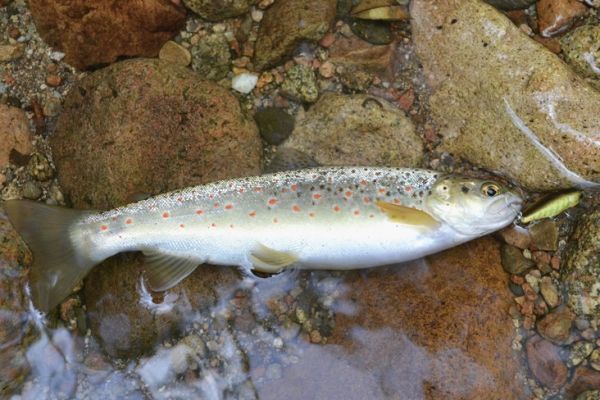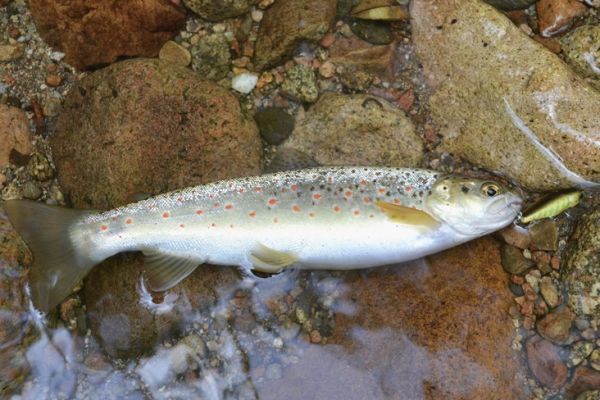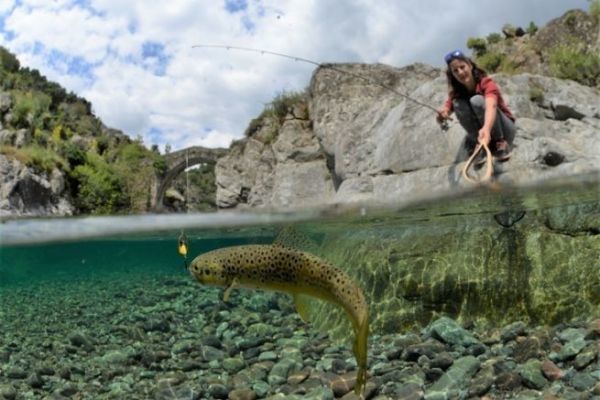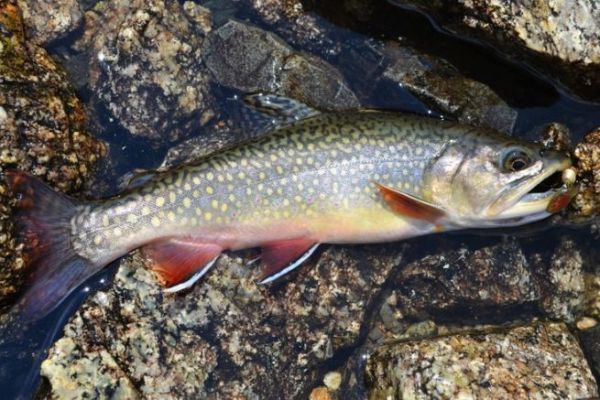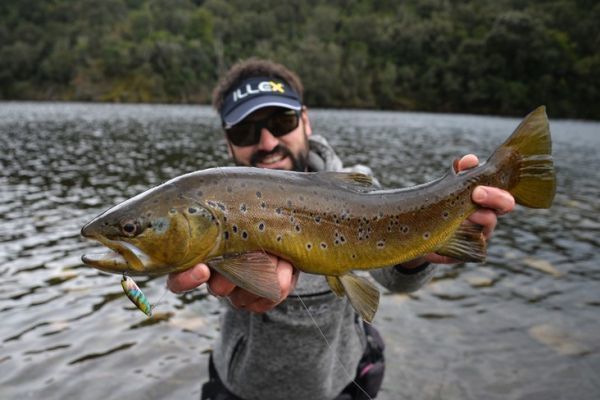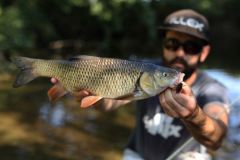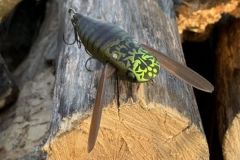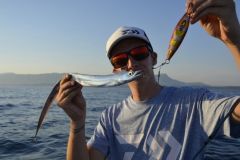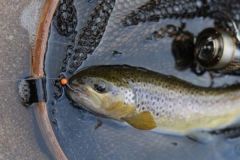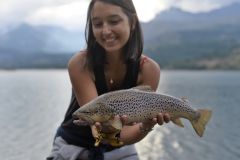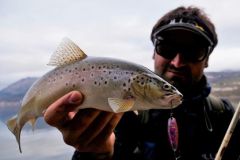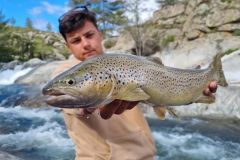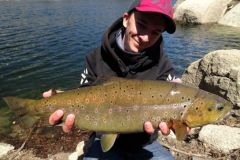Complementary density for sinking minnows
Almost all types of swimming fish are relevant to trout at one time or another. Floating or suspending jerkbaits were in vogue for a few years, but are now less widely used - wrongly so. Sinking lures are on the rise, unfairly overshadowing these lower-density swimbaits.
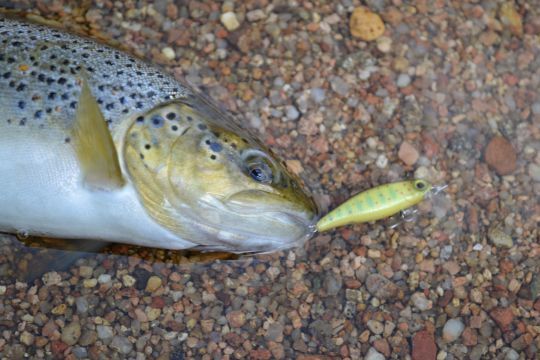
These swimming fish float on the surface or remain suspended (neutral density equal to that of water). Their low density offers little inertia, i.e. ease of movement. Their short lip and density do not allow them to evolve at depth. They should be reserved for streams and small rivers or in areas with weak currents. They are very attractive when fished slowly and insistently. They wriggle and work even when reeled in slowly. This often triggers attacks from fish that give in to the presence of the intruder if you insist on using this type of swimming fish.
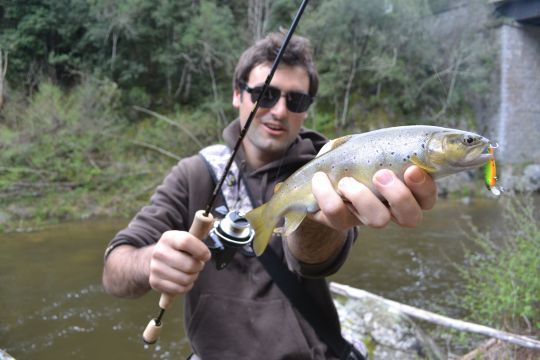
At the World Championship in France, this type of fishing was quite successful for me in the first round, and was copied by some nations in the second round! You had to fish downstream, slowly, with a very fast-swimming lure so that the trout would intercept it.
Indispensable in summer
They are also very useful for reaching positions where you can't cast directly. Simply let them drift downstream in the current, under branches, roots and foliage to reach crowded spots where wary fish often lie in wait.
These floating and suspending swimming fish move between two waters. They are complementary to sinking lures or large bibs, especially when you want to force the fish up to intercept the lure passing overhead. When trout don't react to the lure presented on the bottom in the lower water layers, don't hesitate to present them with a lure that moves above their head and is easily noticed. Last but not least, their wide, natural swimming action, with its linear or jerky strokes, imitates perfectly a fish in flight or distress.
This type of lure is indispensable in summer or during low-water periods, when the water is low, clear and the current weak.
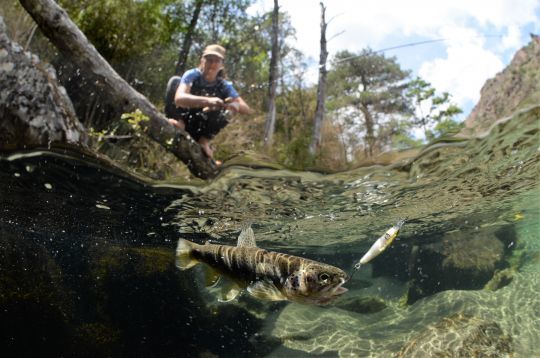
Another strong point of these swimming fish is that they are very easy to handle, even for beginners. They don't sink and the risk of snagging is reduced, and they're easy to swim.
A medium-fast rod, fitted with a nylon-filled reel, will do the trick perfectly for prospecting small streams in summer.

